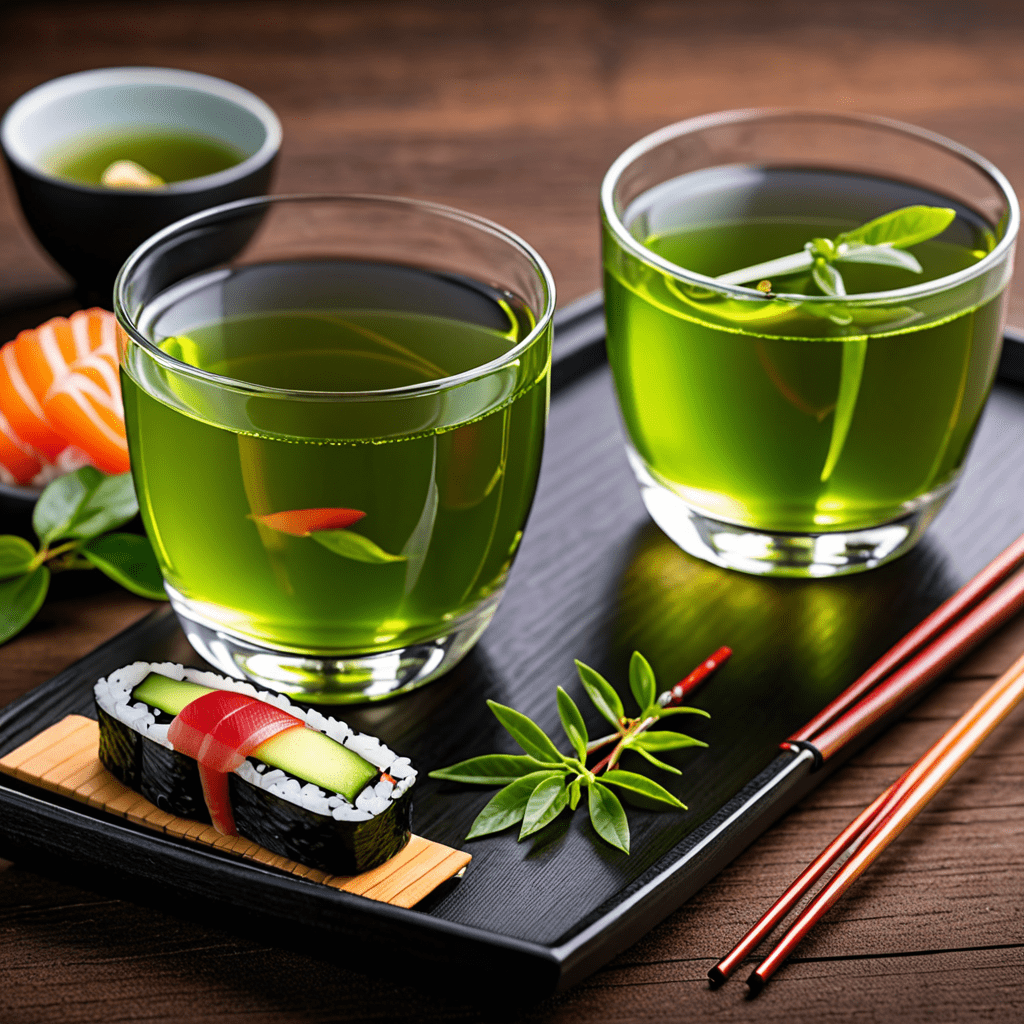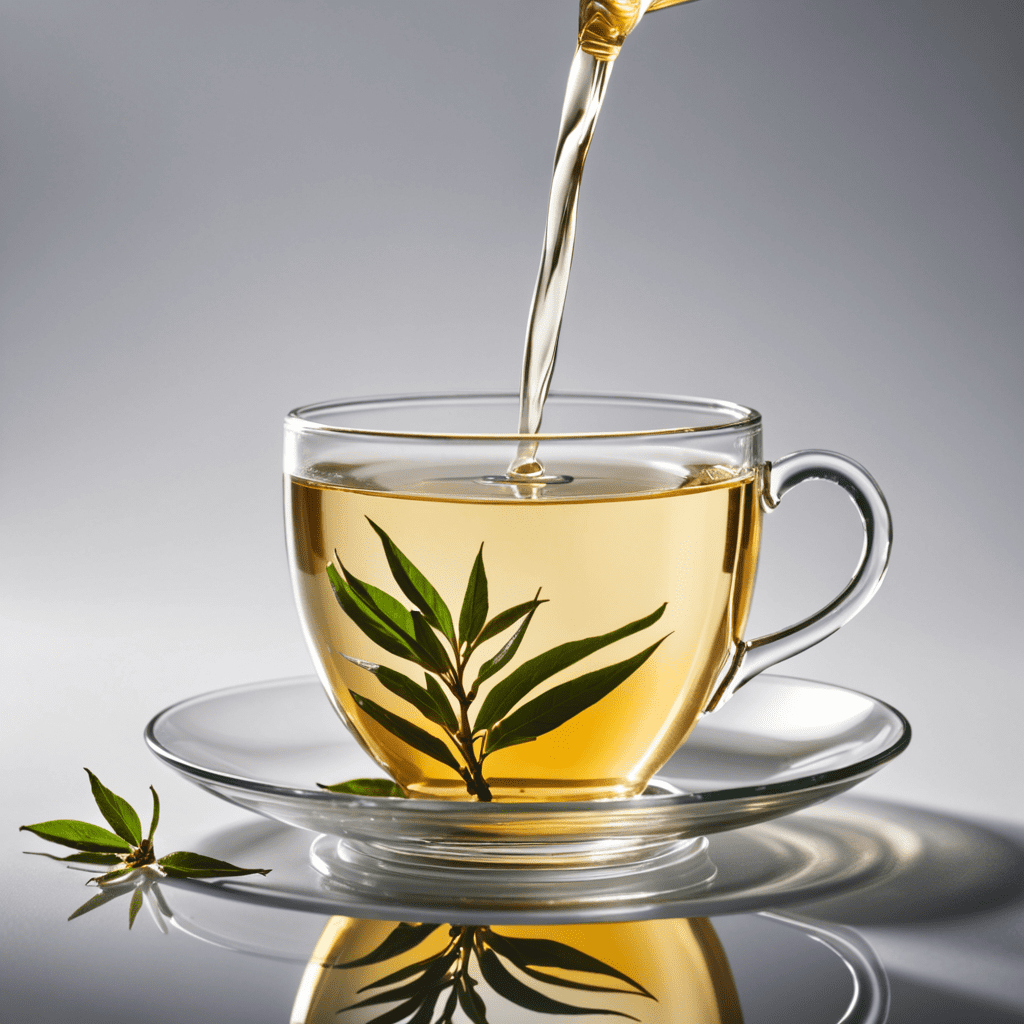Discovering Tranquility: Japanese Tea Ceremony Traditions
I. History and Origins
The Japanese tea ceremony, known as chadō, traces its roots back to the 9th century, when Buddhist monks introduced tea to Japan. Over the centuries, it evolved into a sophisticated ritual that blended Zen Buddhist principles with traditional Japanese aesthetics. The tea ceremony became a cherished cultural practice, reflecting the Japanese pursuit of harmony, mindfulness, and inner peace.
II. The Principles of Chadō
Chadō is guided by four fundamental principles: wa (harmony), kei (respect), sei (purity), and jaku (tranquility). These principles permeate every aspect of the ceremony, from the arrangement of the tea room to the interaction between host and guest. The tea ceremony strives to create a space where participants can shed their everyday concerns and cultivate a sense of mindfulness and appreciation for the present moment.
III. The Tea House and Its Significance
The tea house, or chashitsu, is a secluded space specifically designed for the tea ceremony. It is typically a simple, rustic structure built with natural materials such as wood, bamboo, and paper. The tea house symbolizes the removal from the outside world, allowing participants to enter a realm of tranquility and focus on the present experience.
IV. The Roles of Host and Guest
In the tea ceremony, the host and guest play distinct but equally important roles. The host is responsible for creating a welcoming and harmonious atmosphere, while the guest is expected to be receptive and respectful of the host's efforts. Both host and guest strive to embody the principles of chadō, demonstrating kindness, humility, and attention to detail.
V. Ceremony Protocols and Preparations
The tea ceremony follows a specific set of protocols and preparations. Before the guests arrive, the host meticulously cleans the tea utensils and arranges the tea room. The guests then enter the tea room, bowing to the host and to each other. The host serves tea and sweets, and guests partake in conversation and contemplation. The ceremony concludes with the guests expressing their gratitude to the host for sharing this profound experience.
VI. The Types of Tea and Their Significance
The type of tea used in the tea ceremony varies depending on the season and occasion. The most common types of tea are matcha, gyokuro, and sencha. Matcha is a finely ground green tea powder that is whisked with hot water to create a frothy beverage. Gyokuro is a high-quality green tea with a delicate, sweet flavor. Sencha is a more common type of green tea that is steeped in hot water. Each type of tea offers a unique taste and aroma, contributing to the overall sensory experience of the ceremony.
VII. The Zen Influence on the Ceremony
The tea ceremony is deeply influenced by the principles of Zen Buddhism. Zen emphasizes mindfulness, meditation, and the pursuit of inner peace. The tea ceremony provides a space for participants to practice these principles, fostering a sense of calm, focus, and appreciation for the present moment. The simple, rustic tea house and the deliberate, methodical movements of the host are all designed to evoke a Zen-like state of mind.
VIII. The Aesthetic Elements of the Ceremony
The tea ceremony is renowned for its exquisite aesthetic elements. Every aspect of the ceremony, from the arrangement of the tea utensils to the choice of flowers and incense, is carefully considered to create a harmonious and visually appealing experience. The tea utensils, often made of ceramic or lacquerware, are works of art in themselves. The flowers and incense add a touch of nature and fragrance, enhancing the sensory experience of the ceremony.
IX. The Spiritual and Cultural Importance
The tea ceremony is more than just a ritual for serving and consuming tea. It is a profound cultural practice that holds deep spiritual and cultural significance in Japanese society. The ceremony reflects the Japanese values of harmony, respect, purity, and tranquility. It is also a way to connect with nature, appreciate the beauty of imperfection, and cultivate a sense of inner peace.
X. Experiencing the Tea Ceremony Today
The tea ceremony remains a cherished cultural practice in Japan, and it is also becoming increasingly popular around the world. There are many opportunities to experience the tea ceremony firsthand, both in Japan and in other countries. Visitors can attend public tea ceremonies, take classes to learn about the history and principles of chadō, or even host their own tea ceremonies. Experiencing the tea ceremony offers a unique opportunity to immerse oneself in Japanese culture and to cultivate a deeper appreciation for the timeless traditions of harmony, mindfulness, and inner peace.
FAQs:
1. What is the history of the Japanese tea ceremony?
The Japanese tea ceremony, known as chadō, traces its roots back to the 9th century, when Buddhist monks introduced tea to Japan. Over the centuries, it evolved into a sophisticated ritual that blended Zen Buddhist principles with traditional Japanese aesthetics.
2. What are the principles of chadō?
Chadō is guided by four fundamental principles: wa (harmony), kei (respect), sei (purity), and jaku (tranquility). These principles permeate every aspect of the ceremony, from the arrangement of the tea room to the interaction between host and guest.
3. What is the significance of the tea house?
The tea house, or chashitsu, is a secluded space specifically designed for the tea ceremony. It is typically a simple, rustic structure built with natural materials such as wood, bamboo, and paper. The tea house symbolizes the removal from the outside world, allowing participants to enter a realm of tranquility and focus on the present experience.
4. What are the roles of host and guest in the tea ceremony?
In the tea ceremony, the host and guest play distinct but equally important roles. The host is responsible for creating a welcoming and harmonious atmosphere, while the guest is expected to be receptive and respectful of the host's efforts. Both host and guest strive to embody the principles of chadō, demonstrating kindness, humility, and attention to detail.

